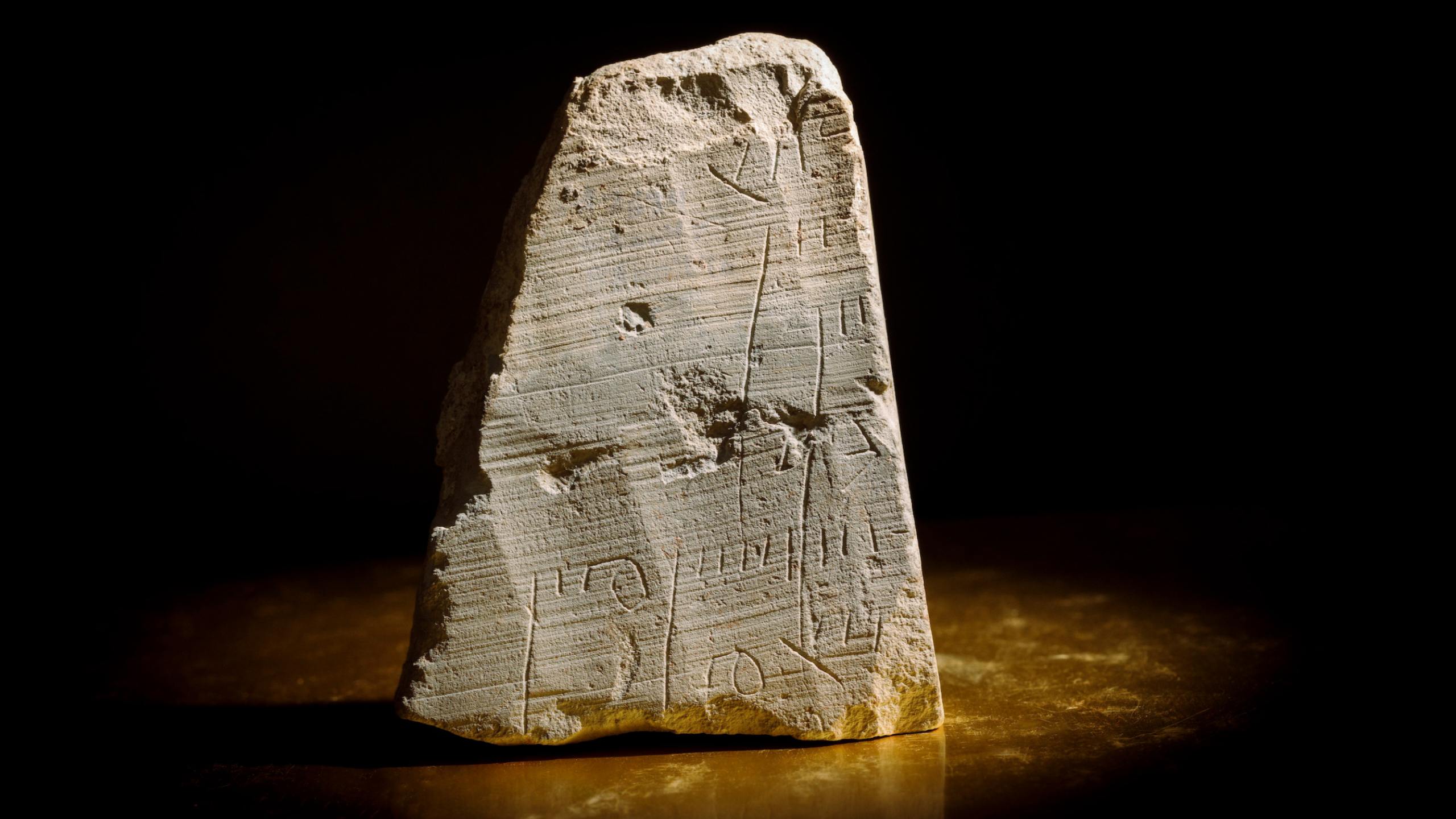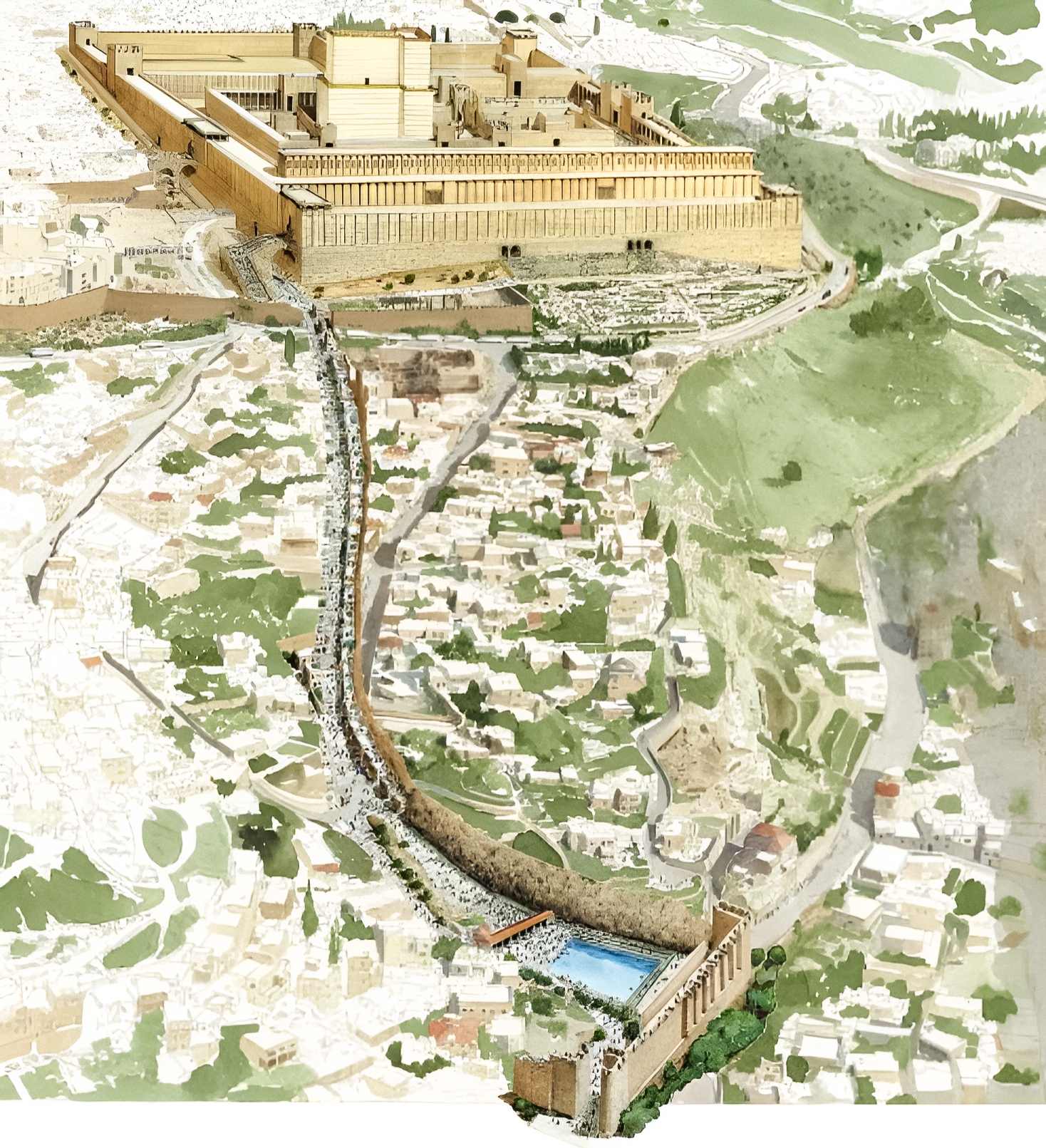A stone receipt dating back 2000 years has been unearthed at the archaeological site of the City of David in Jerusalem. Identified as part of the early Roman period in the city (37 BC – AD 70), the tablet contains records of an ancient financial transaction, the Israel Antiquities Authority said.

The stone was found in a debris pile during a 2016 salvage excavation on Pilgrimage Road, a main thoroughfare frequently traveled at the time. Around the turn of the first millennium, when Jerusalem and the surrounding region were a province of the Roman Empire, this road was likely a commercial hub, according to previous finds of stone weights and measuring tables that were likely part of ancient commerce.

The road extended about a third of a mile (600 meters), connecting Jerusalem’s city gate to the gates of the Temple Mount and the Second Temple, which the Romans destroyed in AD 70.
The seven partially preserved lines of the inscription include fragmentary Hebrew names with letters and numbers written beside them.
One line includes the end of the name “Shimon” followed by the Hebrew letter “mem”, and in the other lines are symbols representing numbers. Some of the numbers are preceded by their economic value, also marked with the Hebrew letter “mem”, an abbreviation of ma’ot (Hebrew for “money”).
It’s likely that whoever crafted the Hebrew cursive carving used a sharp tool on the chalkstone lid. On the other hand, archaeologists are still figuring out who “Shimon” was.



